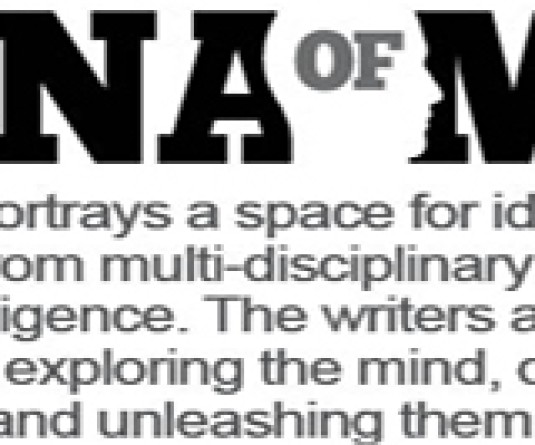
Sanjib Katuwal
Assistant professor Department of Chemistry St. Joseph’s College, Jakhama
Technology integration is defined as the use of technology to enhance and support the educational environment. Technology integration is using computers effectively and efficiently in the general content areas to allow students to learn how to apply computer skills (e.g., web, PowerPoint, excel, digital photography, SMART board and so on.) in meaningful ways. Discrete computer skills take on new meaning when they are integrated within the curriculum. Integration is incorporating technology in a manner that enhances student learning. Technology integration is using software supported by the business world for real-world applications so students learn to use computers flexibly, purposefully and creatively. Technology integration is having the curriculum drive technology usage, not having technology drive the curriculum. Finally, technology integration is organizing the goals of curriculum and technology into a coordinated, harmonious whole.
Technology contributes to global development and diversity in classrooms and helps to develop upon the fundamental building blocks needed for students to achieve more complex ideas. In order for technology to make an impact with the educational system, teachers and students must access to technology in a contextual matter that is culturally relevant, responsive and meaningful to their educational practice and that promotes quality teaching and active student learning.
Technology has become integrated in the classroom in so many ways, that we often don’t even think about how we are using it. The Education World Tech Team offers lessons and activities to help educators make better use of technology tools for instruction, and to help students improve their technology skills within the context of the regular curriculum.
In many schools/colleges today, technology is recognised as an instructional tool, not as a subject of instruction. In many schools/colleges use of technology in the classroom is becoming easier for teachers. Still, many educators, less familiar and less comfortable with technology than their students, struggle to seamlessly integrate a growing list of technology tools into their regular curriculum.
Benefits of Technology Integration: Here are a few but important benefits of integrating technology:
• Correctly designed, more depth into the content-area curriculum is possible.
• Students are motivated by technology, thus increasing academic engagement time.
• While working in more depth with the content, students are able to move beyond knowledge and comprehension to application and analysis of information.
• Students learn where to find information in an information rich world.
• Students develop computer literacy by applying various computer skills as part of the learning process.
• Technology Improves the Quality of Student Work.
• Technology acts as a catalyst for change.
Technology Prepares Students for the Future: The future workplace will require students to have skills related to technology including the technical ability to use spreadsheets, word processors, databases and such. By having and working with technology in schools/colleges, students gain the skills that they will need to be marketable in the future workplace and to operate in a high-tech world. However, these technical skills are not enough. The modern workplace requires that one have less tangible skills including the ability to collaborate with others, interpersonal skills, creativity, and problem solving skills, to name a few. Technology, combined with a student centred constructivist mode of learning, has the potential to provide students with these higher-level cognitive and interpersonal skills.
Conclusion: Technology in education is neither a novelty nor is it a fad. It is a part of the modern world, and is becoming more and more ubiquitous in our lives every year. It is also a proven method for improving learning. There is strong evidence pointing towards technology leading to better results on standardized tests; however the real emphasis should not be on how it improves test scores, but on how it benefits student learning; how it enables those who are not able to perform at their peak in traditional classrooms to do better; how it motivates students to learn and gives them a more positive attitude towards education; how it can individualize learning by giving feedback; how it can act as a catalyst for change towards more student centred learning; and how it better prepares the youth of today with technical, communicative, interpersonal and creative skills. The question we should be asking is not whether or not technology should be in education, but what can we do to remove barriers so as to further the integration of technology into our schools/colleges. Hence, one area in which more research must be done is on how to best move towards more student centred learning with technology and how to best overcome barriers to doing so. Another suggested area for research is on how to provide students with special needs and students who are at-risk with more access to technology since they in particular benefit from using technology.
Thus, a new mindset of teaching through technology must emerge, which depends on a vital shift in teacher/student roles. This helps both teacher and student simultaneously. We as a teacher should instruct students to complete the assignments on the computer rather than the normal pan and paper. This helps students to explore more.






